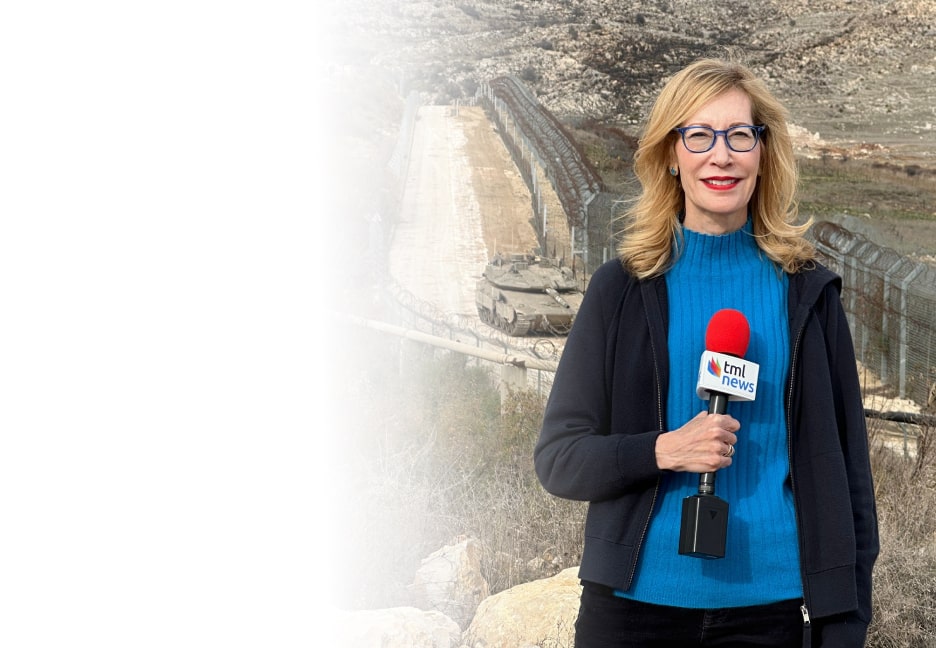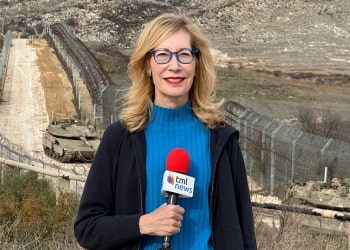“Darkness cannot drive out darkness, only light can do that. Hate cannot drive out hate, only love can do that.” Martin Luther King Jr., Strength to Love, 1963.
As Israelis and Palestinians pave the path into their unknown future, we can ask each other some questions: What have we left for our future generation? Did we solve the argument of the Israeli-Palestinian conflict? Or have we gone astray, and why?
Why have the Israeli-Palestinian peace agreements until now failed, and why should we call them failed agreements? Is there a resolution, or is there a transformation? What can we expect or want in this stagnated, protracted conflict?
One of the important failures of the Israeli-Palestinian peace agreements is that negotiators wanted a resolution that both parties could apply toward their children’s future. Nevertheless, a resolution would have failed miserably.
Many Palestinians are in jail under administrative detention. If they are released, they become a ticking time bomb ready to explode. In addition, the hatred of the other that is found in both cultures is developing nationalists, breeding resentment against the other: resentment with no healing; resentment that prevents understanding the suffering of the other; resentment that prevents the recognition of the other; resentment against developing a shared future; resentment against working toward peaceful coexistence; resentment against both societies and cultures; resentment against shared equality, prosperity and the pursuit of happiness for a shared society and capital. Finally, we can add resentment against reconciliation and peace with each other.
The great peacemaker Nelson Mandela said: “No one is born hating another person because of the color of his skin, or his background, or his religion. People must learn to hate, and if they can learn to hate, they can be taught to love, for love comes more naturally to the human heart than its opposite.”
For people who want peace in the Israeli-Palestinian conflict, we must ask: Where is a healing, disarmament, demobilization, and reintegration (DDR) strategy for a military change? Where are the places for diplomacy, expression of the truth, communication with the other, and compromise on visions of peace, justice, equality, human rights, and understanding the suffering of the other? Where are the institutional reforms, and the reconstruction of infrastructures that can adhere to equality? Where are the humanitarian issues, the return of refugees, the cooperation and clarifications about disputed questions like territory or other contested issues? Where is creating a common security architecture with disarmament and crisis management? Where are the apologies and symbolic acts to show friendship and honor the victims? Where are the reparations and other attempts at restoration for justice and equality? Where is the cooperation regarding economic, legal, ecological and international issues, including mutual help in disaster cases? What about the cooperation in civil societies, such as city twinning, or youth and student exchange?
This holiday season, give to:
Truth and understanding
The Media Line's intrepid correspondents are in Israel, Gaza, Lebanon, Syria and Pakistan providing first-person reporting.
They all said they cover it.
We see it.
We report with just one agenda: the truth.


Why can’t Israelis and Palestinians build trust in order to pave the way for peace?
And who to blame, as we continue to live in the land of conflicts and stray from the path of reconciliation and peace?
German philosopher Jürgen Habermas taught that prudence can only be attained with the best judgment for an argument. Exploring the best judgment for the Israeli and Palestinian arguments in the conflict is carving the path toward reconciliation and peace. This is the start of the road for peacebuilding; it is a tool to carve the road not taken, the road for reconciliation, the road of the brave, and the road of the peacemakers, as the children of God are called.
Many Israelis and Palestinians call for reconciliation and peace in the conflict but never carve the path for reconciliation and peace; still, many try their best to do it. But, in the end, they are scratching the surface.
So, what is the way to carve the path of peace between the Israelis and Palestinians?
The road for reconciliation and peace has many challenges. Israeli academic and political philosopher Daniel Bar-Tal notes that there are many challenges for peacemakers. And there are so many challenges that they cannot be enumerated in one article or publication. Still, as the Arabic proverb says, the journey of 1,000 miles starts with a smile, so what are our jumpstarts as peacemakers?
As Bar-Tal and Gemma H. Bennink describe it in their article “The nature of reconciliation as an outcome and as a process” (2004): “Reconciliation is needed when societies involved in a conflict evolve widely shared beliefs, attitudes, motivations, and emotions that support adherence to the conflicting goals, maintain in the conflict, delegitimize the opponent, and thus negate the possibility for a peaceful resolution and prevent the development of peaceful relations.”
Peacemakers must construct a reconciliation process to form peaceful relations between societies that have been involved in many protracted conflicts. The reconciliation process can open new ultra-dynamic paths for conflict transformation and transitional disputes between nations as the conflict evolves.
German poet Friedrich Hölderlin (1770–1843) wrote in his novel Hyperion that “reconciliation is in the middle in a quarrel and everything separated is found again.” In other words, reconciliation is in the middle of the strife, and all that were separated find each other again. Peacemakers are the workers toward reconciliation; the challenges that adhere to the conflict are on their shoulders.
According to Bar-Tal and Bennink, the following are key to societies’ transitions for reconciliation.
- Societal beliefs about groups
- Social beliefs about rival groups
- Societal beliefs about one’s group
- Social beliefs about the relationship with the former enemy
We call these challenges for peacemakers to adopt in the conflict, and add this: the belief in a culture of reconciliation and peace.
Finally, we leave as we opened, with words from Martin Luther King Jr.: “The ultimate measure of a man is not where he stands in moments of convenience and comfort, but where he stands at times of challenges and controversy.” (Strength to Love, 1963)